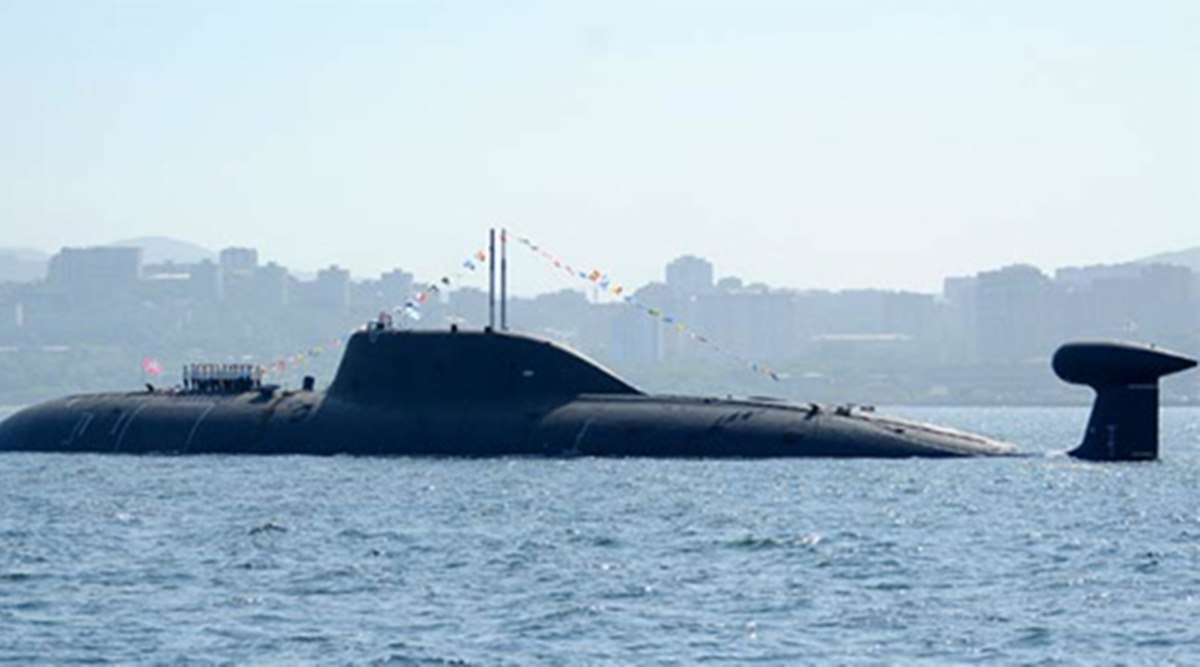I came across this interesting article published by MSN, written by Story by Peter Suciu, on Wednesday, Jan 25th, 2023, detailing how an advanced submarine almost sank by the poorly trained Indian Navy Sailors. And how the Indian Navy tried to conceal this incident at the time when it was needed the most, during the tensions between China and India, in 2017.
A Hatch Left Open
Perhaps the most embarrassing mishap in military maritime history is what happened to INS Arihant,
India's first nuclear-powered ballistic missile submarine when it began its deployment in 2017.
The then-brand new $2.9 billion submarine was left completely inoperative for nearly a year simply because a
hatch was left open, which allowed seawater to rush in, almost sinking the boat in the process.
The nuclear submarine was the first of an expected five in class, designed and constructed as part of the Indian Navy's Advanced Technology Vessel project. The Arihant was designed with four launch tubes that could carry a dozen K-15 short-range missiles or K-4 intermediate-range
nuclear missiles. While the sub's weapons and capabilities were advanced, the training of the crew certainly wasn't.
In addition, the Arihant faced a number of problems during her development and manufacture, and that included delays in its construction and notably major differences between the Russian-supplied design and the indigenous fabrication. Those were all minor of course compared to the damage that occurred from human error.
When the hatch was left open, not only did the propulsion compartments fill with seawater, but there was substantial damage
to the pipes that ran through the submarine. Given how corrosive seawater can be to the various pipes, including those that carry pressurized water coolant to and from the ship's eighty-three-megawatt nuclear reactor, all had to be cut out and replaced. The six-thousand-ton INS Arihant remained out of service at the docks while the water was pumped out, and the pipes replaced. The entire process took ten months.
India had attempted to conceal the mishap, without much success. INS Arihant's absence was first noted in the Doklam border standoff with
China in the summer of 2017. At the time, the Indian military only confirmed that the submarine had undergone repairs in early 2018. As naval mishaps go the Arihant may have been among the more embarrassing but at least it didn't result in the loss of life.
Despite a rough start, the submarine has reportedly had a
largely successful service history.


 www.google.com
www.google.com

 www.news18.com
www.news18.com














